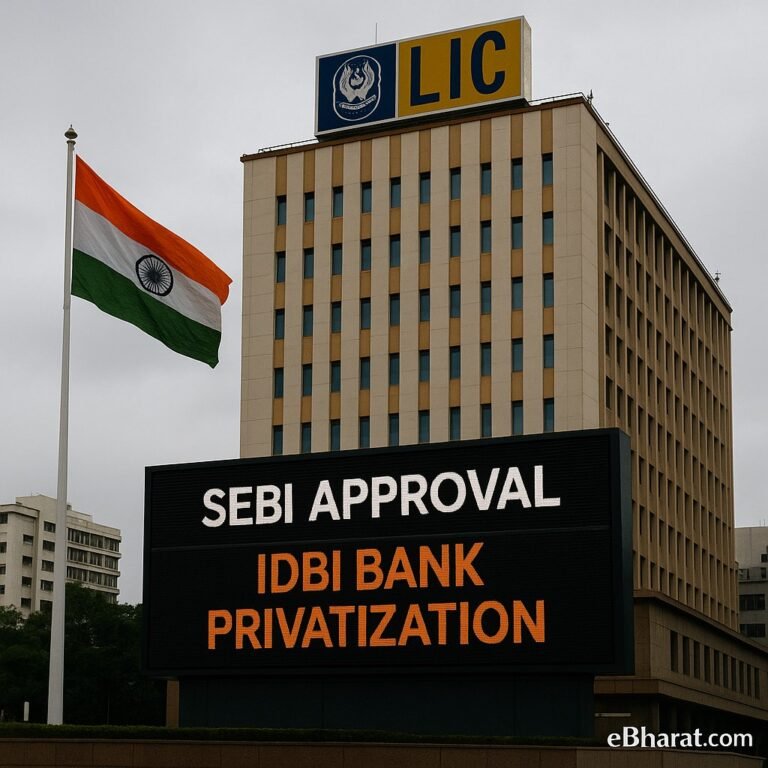
New India Assurance (NIA), India’s largest public sector non-life insurer, has announced a steep cut in its FY25 dividend — slashing it from ₹3.50 last year to just ₹1.80 per share, citing increased underwriting losses and higher claim payouts.
This marks the lowest dividend declared by NIA in the last five years, and has sparked investor concerns over the company’s worsening financial health, especially in high-claim segments like crop and health insurance.
What Triggered the Cut?
According to company insiders and market filings:
- The combined ratio for Q1 and Q2 FY25 hovered around 112%, indicating operating losses.
- There has been a surge in claims from health insurance (especially post-COVID policies) and crop insurance under PMFBY.
- Investment returns from G-secs and bonds have dipped slightly, adding further pressure to profits.
Impact on Market & Investors
NIA shares dropped 3.2% intraday following the dividend announcement, with analysts noting that public sector insurers are struggling to maintain solvency margins amid aggressive government mandates and stagnant premiums in some sectors.
Brokerages like Motilal Oswal and Emkay have downgraded the stock to ‘Hold’, citing:
- Limited room for premium hikes
- Lack of operational efficiency
- Persistent underwriting losses in rural segments
Dividend Payout Comparison
| Financial Year | Dividend (₹/Share) | Reason for Change |
|---|---|---|
| FY23 | ₹4.20 | Post-COVID rebound in investments |
| FY24 | ₹3.50 | Higher health claims, controlled investment income |
| FY25 | ₹1.80 | Rising claims, low margin, expense strain |
Industry Reactions
Insurance analysts are urging IRDAI to review the premium pricing frameworks and allow state-run insurers to offer competitive product structures. One expert noted, “Dividend cuts are a symptom — the deeper issue is the financial sustainability of PSUs under social insurance obligations.”
Why It Matters
With LIC, NIA, and other public insurers under scrutiny for capital adequacy and weak earnings, this dividend cut raises red flags for retail investors and policyholders alike. The financial pressure could eventually affect underwriting capacity or delays in digital transformation initiatives.













